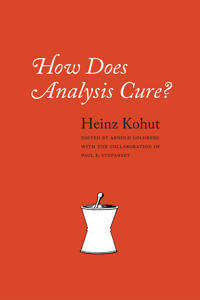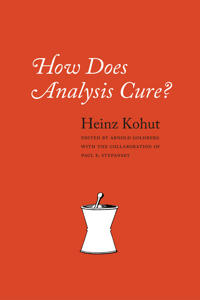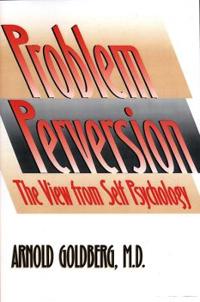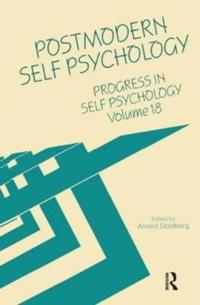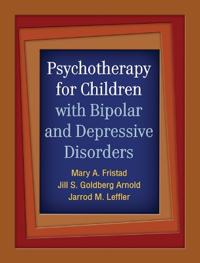How Does Analysis Cure? (Pocket)
avHeinz Kohut, Arnold Goldberg, Paul Stepansky
ISBN: 9780226006000 - UTGIVEN: 201302The Austro-American psychoanalyst Heinz Kohut was one of the foremost leaders in his field and developed the school of self-psychology, which sets aside the Freudian explanations for behavior and looks instead at self/object relationships and empathy in order to shed light on human behavior. In "How[...]
How Does Analysis Cure? (Inbunden)
avHeinz Kohut, Arnold Goldberg, Paul E. Stepansky
ISBN: 9780226450346 - UTGIVEN: 198406"How Does Analysis Cure?" is Heinz Kohut's final book. It is, in part, a response to criticism leveled at his two previous books, "The Analysis of the Self" and "The Restoration of the Self, but it is also a thoughtful, fluent reevaluation of his own work in psychoanalytic self psychology.[...]
The Problem of Perversion (Pocket)
avArnold Goldberg
ISBN: 9780300105353 - UTGIVEN: 1995-03"A work that goes well beyond dealing systematically with the theory and treatment of difficult-to-treat patients suffering from narcissistic behavior disorders. It is also a significant contribution to the fundamentals of self psychology by a creative, productive, and disciplined thinker."-Paul H. [...]
The Analysis Of Failure (Pocket)
avArnold Goldberg
ISBN: 9780415893039 - UTGIVEN: 2011-09-27Psychotherapy and psychoanalysis don't always work. Inevitably, a therapy or analysis may fail to alleviate the suffering of the patient. The reasons why this occurs are as manifold as the patients and analysts themselves, and oftentimes are a source of frustration and vexation to clinicians, who ar[...]
Postmodern Self Psychology (Inbunden)
avArnold (EDT) Goldberg
ISBN: 9780881633658 - UTGIVEN: 2002-12Postmodern Self Psychology, the last volume of the Progress in Self Psychology series under the editorship of Arnold Goldberg, charts the path of self psychology into the postmodern era of psychoanalysis. It begins with Goldberg's thoughtful consideration of the several tributaries of self-psycholo[...]
Psychotherapy for Children With Bipolar and Depressive Disorders (Pocket)
avMary A. Fristad, Jill S. Goldberg Arnold, Jarrod M. Leffler
ISBN: 9781609182014 - UTGIVEN: 2011-05Packed with ready-to-use clinical tools, this book presents the first evidence-based psychological treatment for school-age children with bipolar disorder or depression. Leading clinician-researcher Mary Fristad and her colleagues show how to integrate psychoeducational strategies with cognitive-beh[...]

